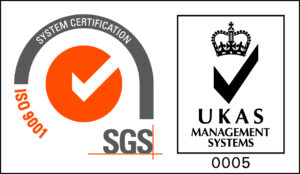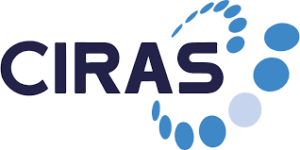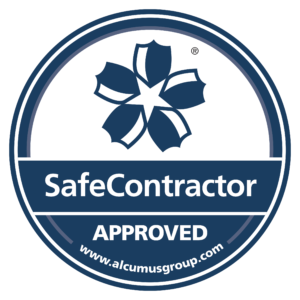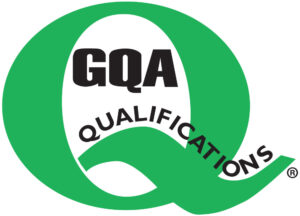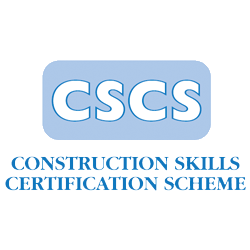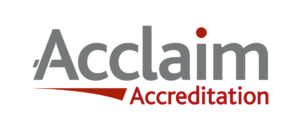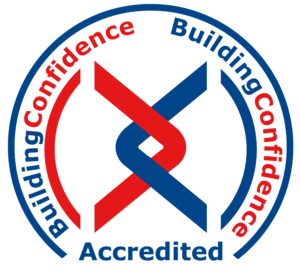A feature in Rail Professional magazine in March announced that we had completed the design, build and supply of a recovery staircase at Stonehaven, the site of a fatal railway accident that occurred in 12 August 2020, when a passenger train hit a landslip near Carmont in Aberdeenshire, Scotland, following severe rain. The new access stairs have now been installed by Story Contracting (Scotland) engineers and rail maintenance crews now have a safer route down to the tracks there.
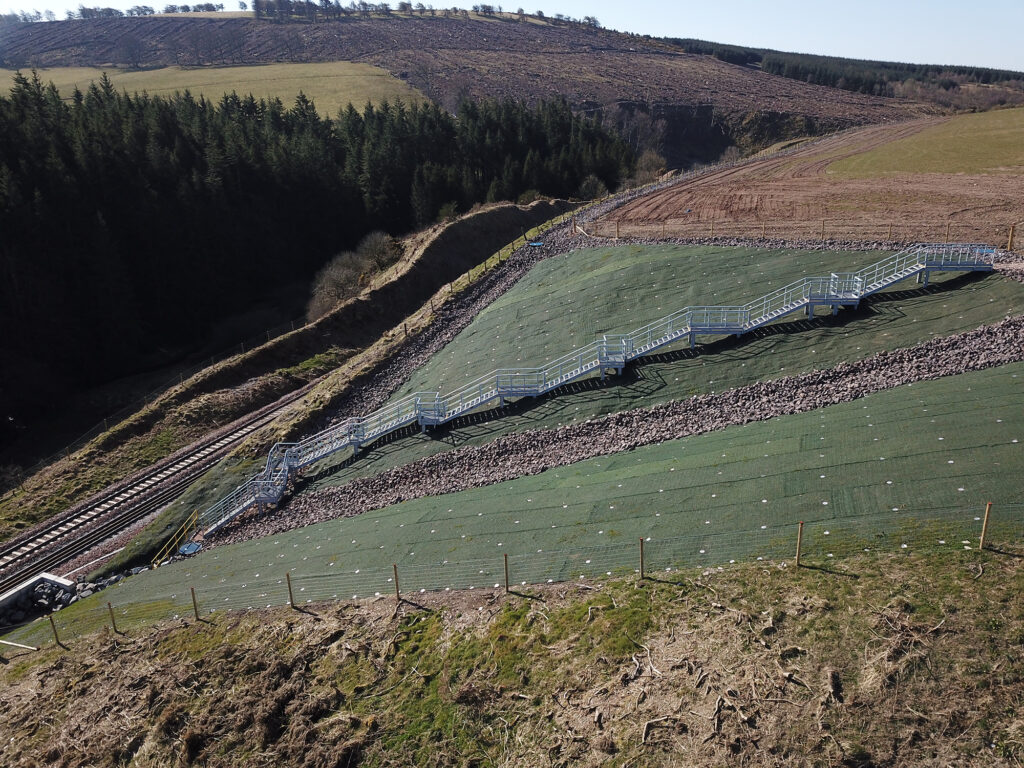
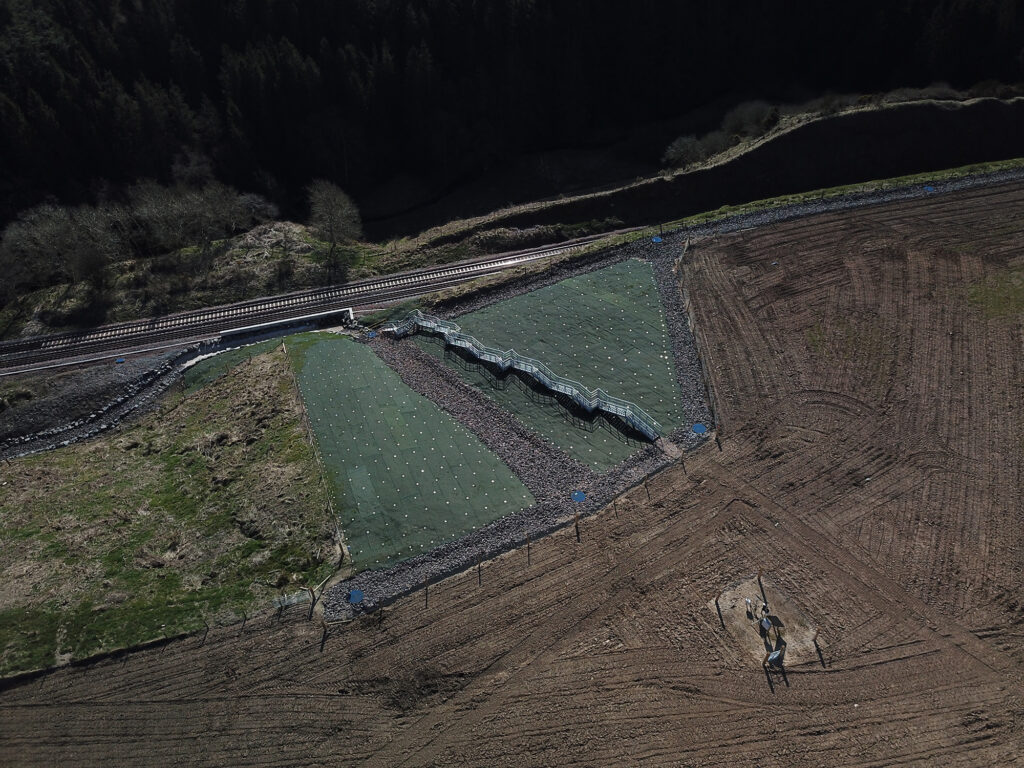
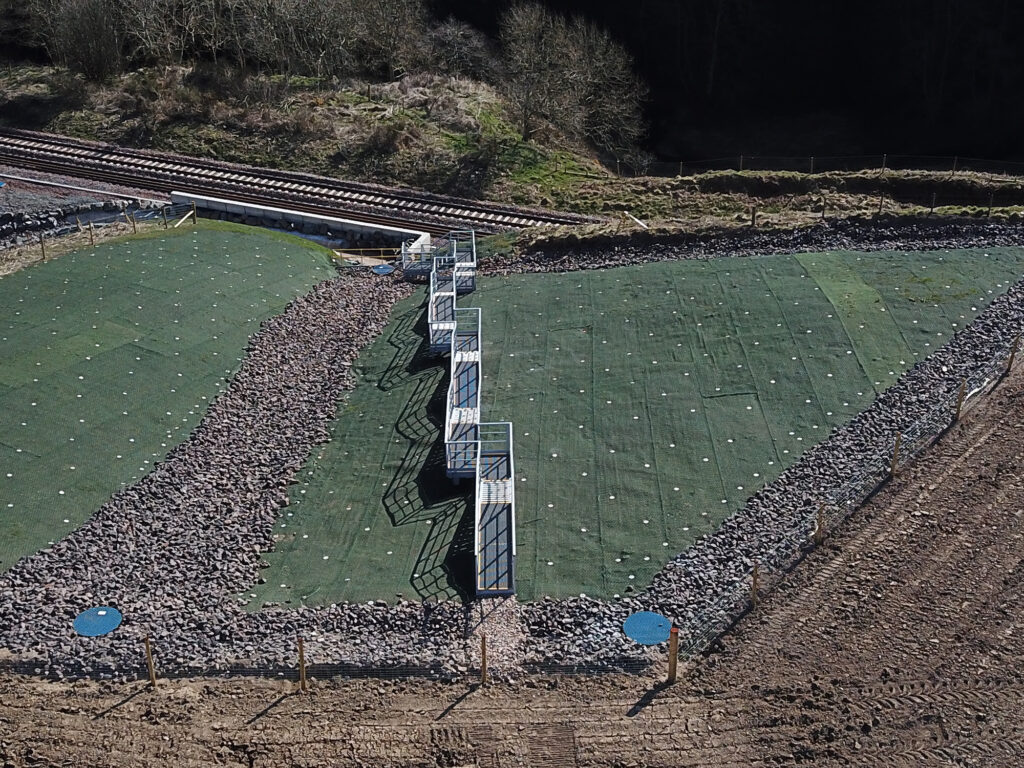
As whole life-cycle costing (WLCC) is rapidly becoming the standard method for the long-term cost appraisal of buildings and civil infrastructure projects, GRP is becoming the material of choice, out-performing steel and concrete options for both safety and sustainability. Initially cheaper than steel, maintenance costs for GRP staircases are minimal and, with a life expectancy of over 50 years they keep trackside work to a minimum.
There are other benefits gained from choosing GRP/FRP: no traction bonding is required; it’s lightweight and rapid to install; it can be designed to work in any location and at any angle. GRP is the ideal choice for Embankment Steps to combat the inherent issues associated with traditional materials by also being non-conductive, non-corrosive, non-sparking and fire resistant which is key in this particular environment.
Access points on the rail infrastructure vary enormously depending upon the line category, purpose and location. The vast majority of Network Rail’s access points were not formally designed but evolved over a century and a half, with predominantly only manual maintenance. Historically, health and safety was not at the forefront and the interface between railway maintenance vehicles, plant delivery, trains and pedestrians has not been a priority. The result is a mix of materials and safety features, some of which are now lacking. The project Step on Safety is working on in Scotland is systematically replacing rickety, rusty and uneven steps with ones that meet every H&S requirement.
Embankment staircases are constructed using QuartzGrip® Open Mesh Anti-Slip Grating for all flooring and the stair treads feature DDA-compliant nosing to ensure the structures comply with Document M+K and the Equalities Act Guidelines. GRP Structural Profiles provide the framework while GRP handrail and gates provide a safety barrier from slips, trips and falls. Landing areas at the bottom of steps are installed at a safe distance from the running rail to prevent track personnel falling on to an operational track.
The rugged Scottish landscape offers some unusual challenges when it comes to design. Careful consideration is required of the site topography for locations of the access point to ensure a level surface of suitable size can be achieved for safe unloading of plant and materials. The new Network Rail access points vary hugely in size and layout.
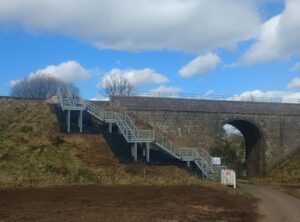
Just a mile down the road another embankment staircase was the 75th one installed in Scotland over recent years as part of a programme our client – QTS Group – is carrying out on behalf of Network Rail to replace existing rotten steel and timber versions.
“There’s no such thing as a ‘standard’ Embankment Staircase” says Matt Barber, Sector Manager at Step on Safety. “The slopes between road and track are usually steep and uneven, requiring a creative approach to staircase design. Mid-flight platforms and safety gates are essential to ensure that even in the event of a fall, nobody ends up on the track.”
Three-dimensional topographical site surveys are undertaken by QTS Group’s own surveyors before being sent to the SoS headquarters in Suffolk. There, the CAD team put together designs that meet all the NWR specifications including continuous handrails, anti-slip nosing and self-closing gates. Martin O’Connor, SoS CAD Co-Ordinator, particularly enjoys the challenges that embankment staircases present. “While the elements are all standard,” he said, “fitting them together to suit the terrain can be difficult. Some of the solutions need to be pretty creative”.
As with all our solutions, after the Stonehaven staircase drawings and 3D renders were approved it was built at our Brantham workshop and shipped to Scotland in sections. To find out how Step on Safety can improve trackside access in your area get in touch today.
You can download this case study here






